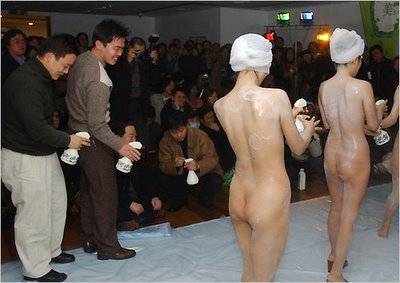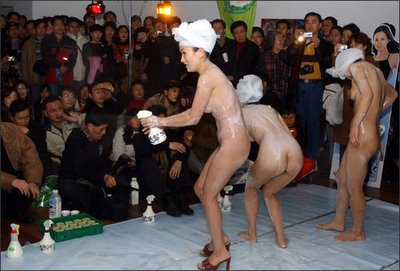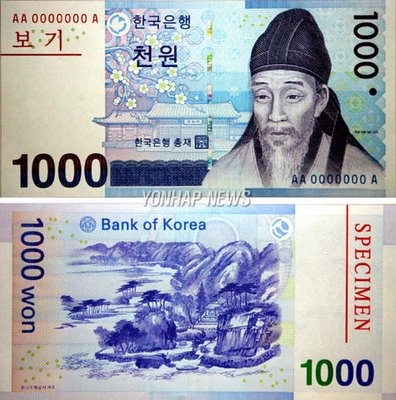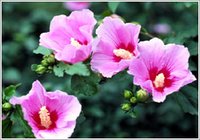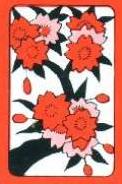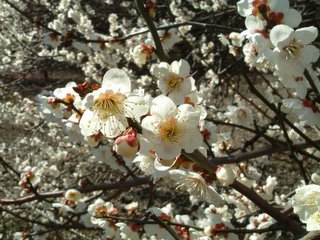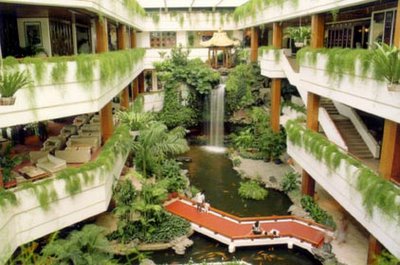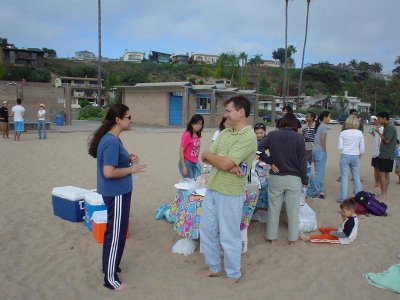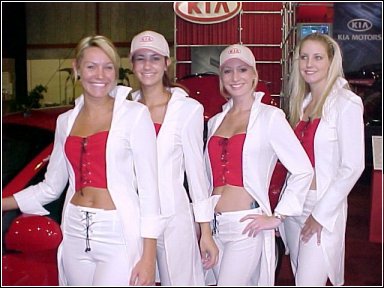I will likely shrink this later, but for now, here is the AP story (by way of CNN) on the death of Korea-born video artist Nam June Paik. If you have spent any time in Seoul, you would likely have seen some of his work.
MIAMI, Florida (AP) -- Nam June Paik, the avant-garde artist credited with inventing video art in the 1960s by combining multiple TV screens with sculpture, music and live performers, has died. He was 74.
The Korean-born Paik, who also coined the term "Electronic Super Highway" years before the information superhighway was invented, died Sunday night of natural causes at his Miami apartment, according to his Web site.
Song Tae-ho, head of a South Korean cultural foundation working on a project to build a museum for the artist, said he learned of Paik's death from Paik's nephew, Ken Paik Hakuta, in New York.
Paik's work gained international praise from the Solomon R. Guggenheim Museum in New York, and the Museum of Broadcast Communications in Chicago, among others, and much of it is on display at the Nam June Paik Museum in Kyonggi, South Korea.
"He really led the development of a new art form, bringing the moving image into the modern art world," said John Hanhardt, senior curator of film and media arts at the Guggenheim.
Hanhardt called Paik a true friend and a prophet.
"He foresaw that video would be an artist's medium, that it would be in museums," he said. "It's a heroic achievement."
In a 1974 report commissioned by the Rockefeller Foundation, Paik wrote of a telecommunications network of the future he called the "Electronic Super Highway," predicting it "will become our springboard for new and surprising human endeavors." Two decades later, when "information superhighway" had become the phrase of the moment, he commented, "Bill Clinton stole my idea."
He also was often credited with coining the phrase, "The future is now."
Trained in music, aesthetics and philosophy, he was a member of the 1960s art movement Fluxus, which was in part inspired by composer John Cage's use of everyday sounds in his music. Another Fluxus adherent was the young Yoko Ono.
Paik made his artistic debut in Wiesbaden, West Germany, in 1963 with a solo art exhibition titled "Exposition of Music-Electronic Television." He scattered 12 television sets throughout the exhibit space and used them to create unexpected effects in the images being received. Later exhibits included the use of magnets to manipulate or alter the image on TV sets and create patterns of light.
He moved to New York in 1964 and started working with classical cellist Charlotte Moorman to combine video, music and performance.
In "TV Cello" they stacked television sets that formed the shape of a cello. When she drew the bow across the television sets, there were images of her playing, video collages of other cellists and live images of the performance.
In one highly publicized incident, Moorman was arrested in 1967 in New York for going topless in performing Paik's "Opera Sextronique." Said one headline: "Cops Top a Topless 'Happening.' " In a 1969 performance titled "TV Bra for Living Sculpture," she wore a bra with tiny TV screens over her breasts.
Another of Paik's pieces, "TV Buddha," is a statue of a sitting Buddha facing its own image on a closed-circuit television screen, while "Positive Egg," has a video camera aimed at a white egg on a black cloth. In a series of larger and larger monitors, the image is magnified until the actual egg becomes an abstract shape on the screen.
Paik also incorporated television sets into a series of robots. The early robots were constructed largely of bits and pieces of wire and metal; later ones were built from vintage radio and television sets.
Famous worldwide, Paik never forgot his native Korea. In 1986, public television showed Paik's "Bye Bye Kipling," a mix of taped and live events, mostly from Paik's native Seoul; Tokyo; and New York. Two years later, Paik erected a media tower, called "The more the better," from 1,003 monitors for the Olympic Games at Seoul.
Paik was left partially paralyzed by a stroke in 1996.
Funeral services will be held this week in New York, Hakuta told South Korea's Yonhap news agency.
 Sorry about the title. I'm always a sucker for a bad pun.
Sorry about the title. I'm always a sucker for a bad pun.




